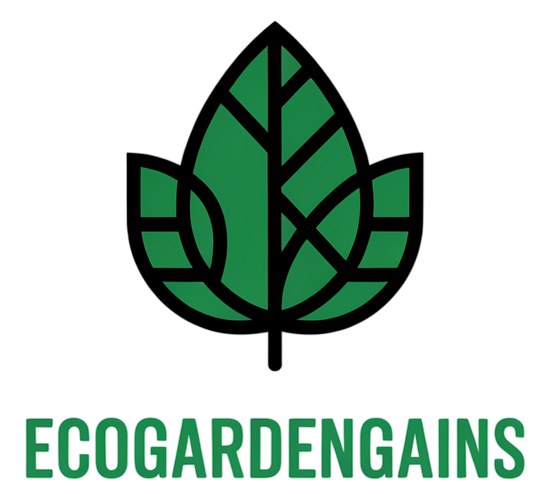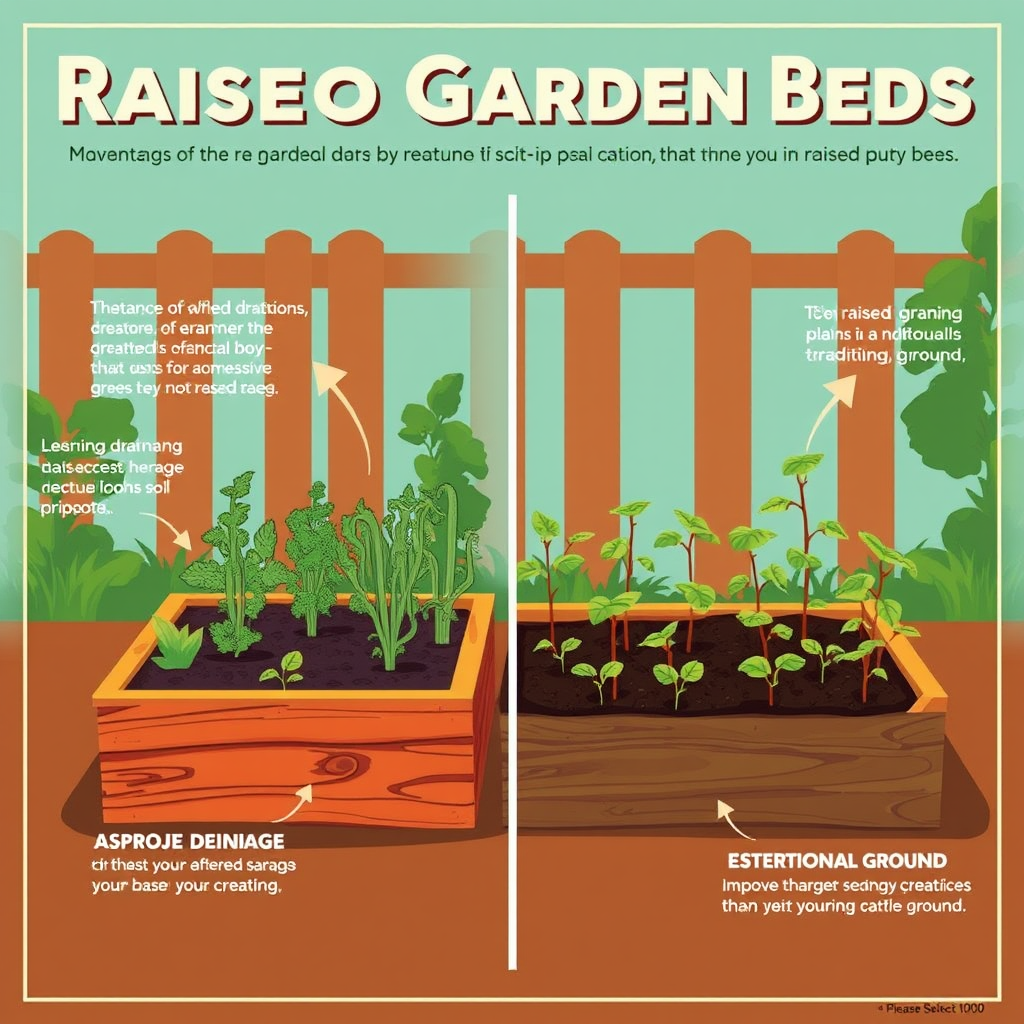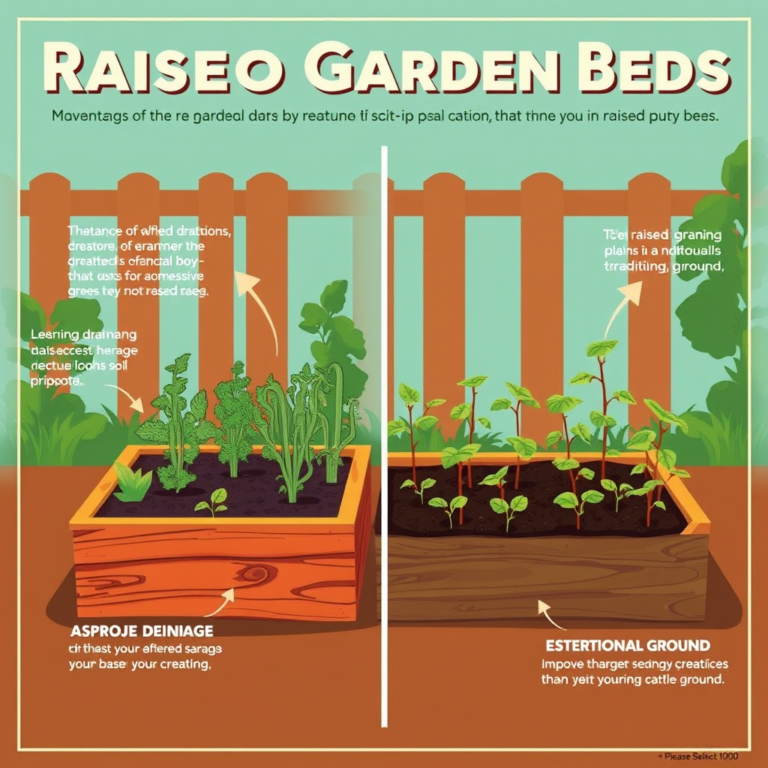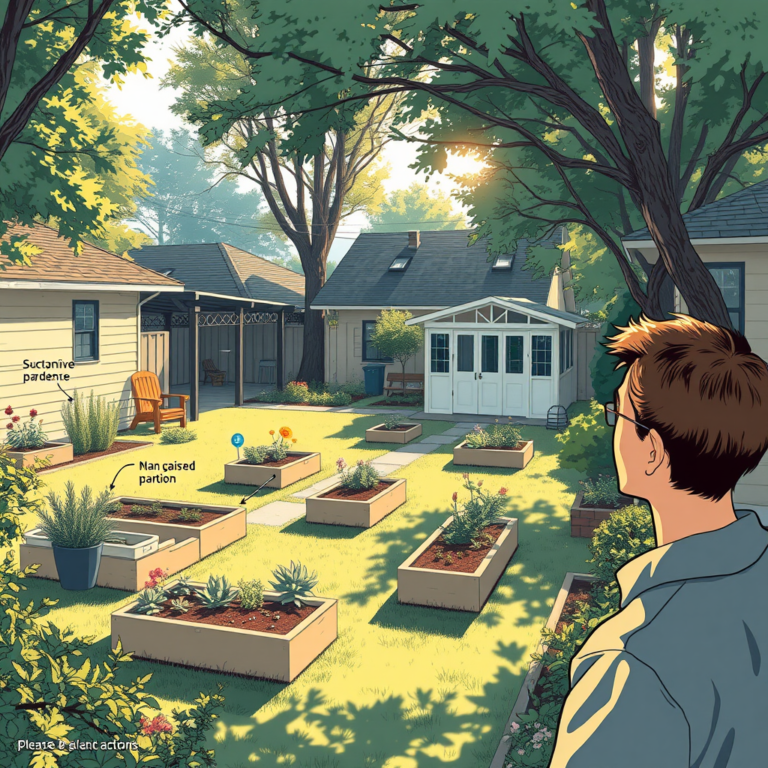Raised Garden Beds: Elevate Your Gardening Game with These Easy Tips
Table of Contents
- Introduction
- Benefits of Raised Garden Beds
- Choosing the Right Location
- Selecting Materials for Your Raised Bed
- Building Your Raised Garden Bed
- Soil Preparation and Filling
- Planting and Maintenance
- Troubleshooting Common Issues
- Conclusion
Introduction
Raised garden beds are a game-changer for both novice and experienced gardeners alike. These elevated planting areas offer a multitude of benefits, from improved soil control to easier maintenance. In this comprehensive guide, we’ll explore everything you need to know about creating and maintaining a thriving raised garden bed.
Benefits of Raised Garden Beds
Raised garden beds offer numerous advantages over traditional in-ground gardening:
- Better soil control: You can create the perfect soil mix tailored to your plants’ needs.
- Improved drainage: Elevated beds prevent waterlogging and root rot.
- Extended growing season: The soil in raised beds warms up faster in spring.
- Reduced soil compaction: Less foot traffic means healthier root systems.
- Easier access: Raised beds are more comfortable to work with, especially for those with mobility issues.
- Pest control: Raised beds can deter some ground-dwelling pests.
Choosing the Right Location for garden beds
Selecting the perfect spot for your raised garden bed is crucial for its success:
- Sunlight: Most vegetables need at least 6-8 hours of direct sunlight daily.
- Water access: Ensure easy access to a water source for irrigation.
- Proximity: Place the bed close to your home for convenience.
- Level ground: Choose a flat area or level the ground before building.
Selecting Materials for Your Raised Beds
The materials you choose for your raised garden bed can affect its longevity and the health of your plants:
- Wood: Cedar and redwood are naturally rot-resistant options.
- Composite lumber: Made from recycled plastics, it’s durable and eco-friendly.
- Concrete blocks: Long-lasting and can create interesting designs.
- Metal: Galvanized steel or corrugated metal can provide a modern look.
- Stone or brick: Offers a permanent, attractive solution.
When selecting materials, consider factors such as cost, durability, and potential chemical leaching.
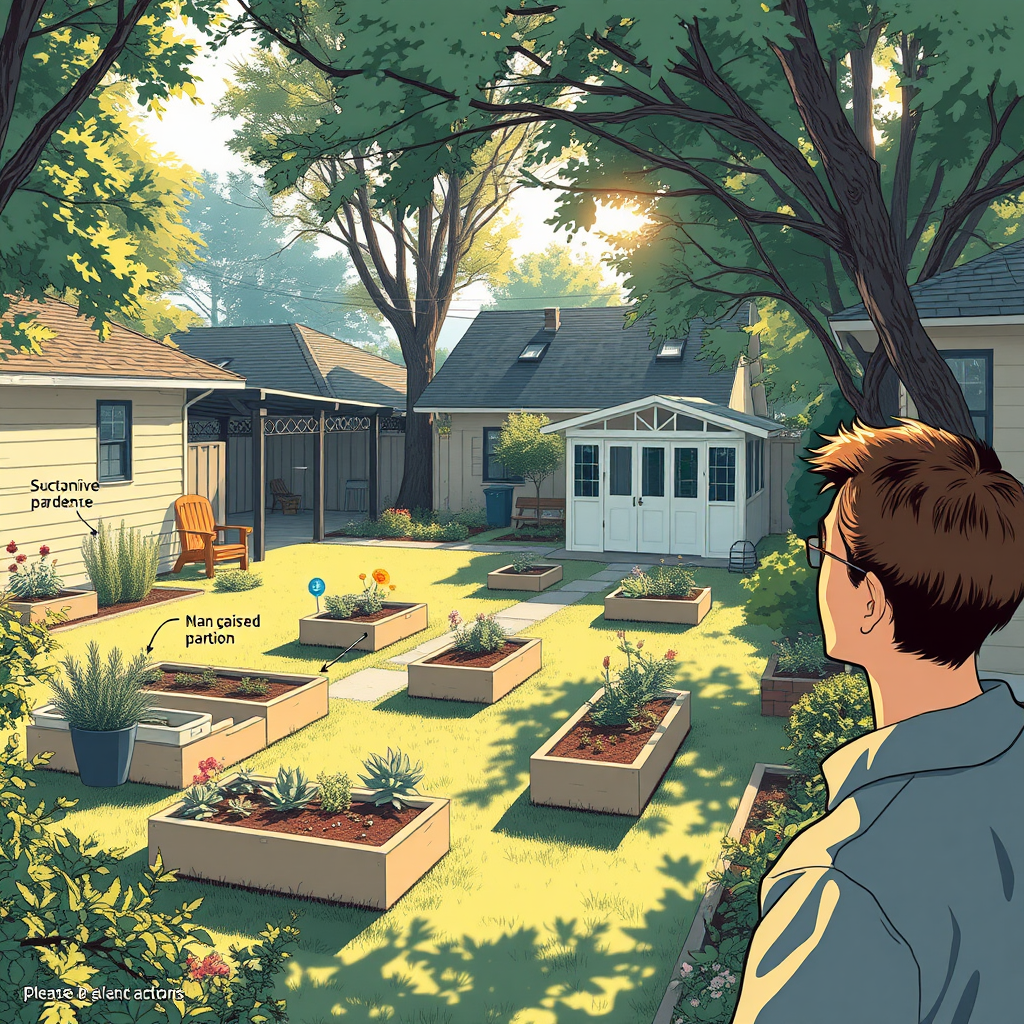
Building Your Raised Garden Beds
Follow these steps to construct your raised garden bed:
- Measure and mark: Outline the bed’s dimensions on the ground.
- Prepare the site: Remove grass and level the area.
- Assemble the frame: Build the sides and secure them together.
- Add support: For larger beds, install cross-supports to prevent bowing.
- Line the bottom: Use landscaping fabric to prevent weeds and retain soil.
For a more detailed guide on building raised beds, check out this DIY raised bed tutorial.
Soil Preparation and Filling for Garden beds
Creating the perfect soil mix is crucial for a thriving raised garden bed:
- Base layer: Add a layer of coarse material like gravel for drainage.
- Soil mix: Combine topsoil, compost, and vermiculite or perlite.
- pH testing: Check and adjust the soil pH as needed for your plants.
- Filling: Add soil gradually, watering lightly between layers to settle it.
A good soil mix recipe: 60% topsoil, 30% compost, and 10% perlite or vermiculite.
Planting and Maintenance for Garden Beds
Now that your raised garden bed is ready, it’s time to start planting:
- Choose plants: Select vegetables, herbs, or flowers suitable for your climate.
- Spacing: Follow recommended spacing guidelines for each plant.
- Companion planting: Group compatible plants together for mutual benefits.
- Watering: Water deeply and consistently, especially during dry periods.
- Mulching: Apply a layer of organic mulch to retain moisture and suppress weeds.
- Fertilizing: Use organic fertilizers to nourish your plants throughout the growing season.
For inspiration on what to plant, visit the Old Farmer’s Almanac planting calendar.
Troubleshooting Common Issues
Even with proper care, you may encounter some challenges:
- Pest infestations: Use natural pest control methods or organic pesticides.
- Plant diseases: Practice crop rotation and remove affected plants promptly.
- Poor drainage: Add more drainage material to the base of the bed.
- Nutrient deficiencies: Amend the soil with appropriate organic fertilizers.
- Overwatering: Adjust your watering schedule and ensure proper drainage.
Conclusion
Creating a raised garden bed is an excellent way to enhance your gardening experience. With proper planning, construction, and maintenance, you can enjoy a bountiful harvest of fresh vegetables, herbs, and flowers. Remember to experiment with different plant combinations and learn from each growing season to continually improve your raised bed garden.
Ready to start your raised garden bed project? Share your experiences or ask questions in the comments below. Happy gardening!
